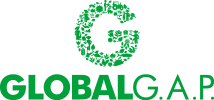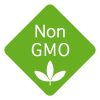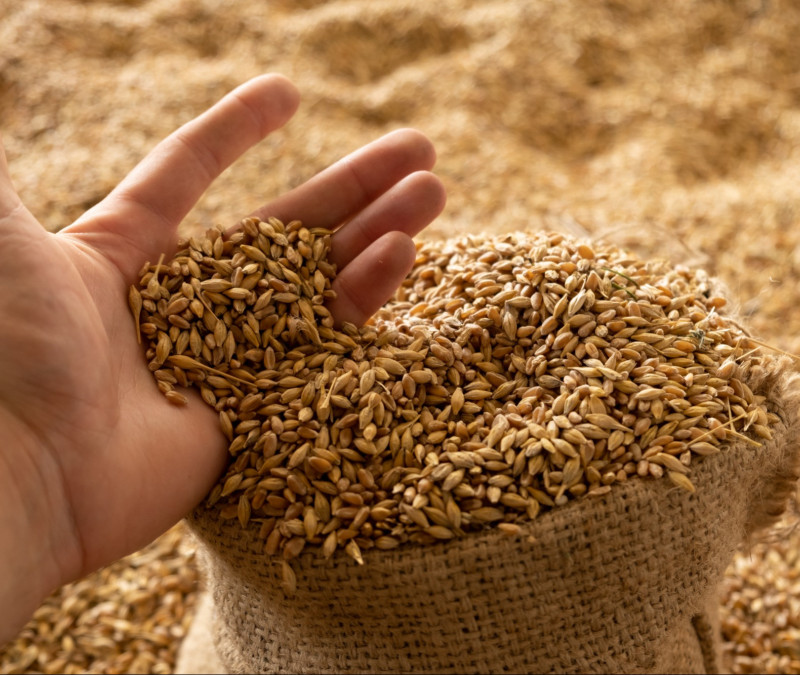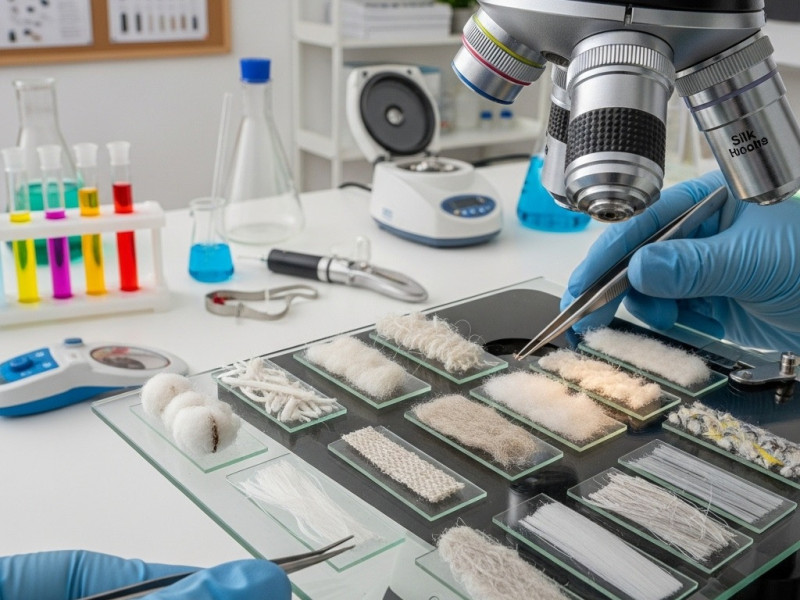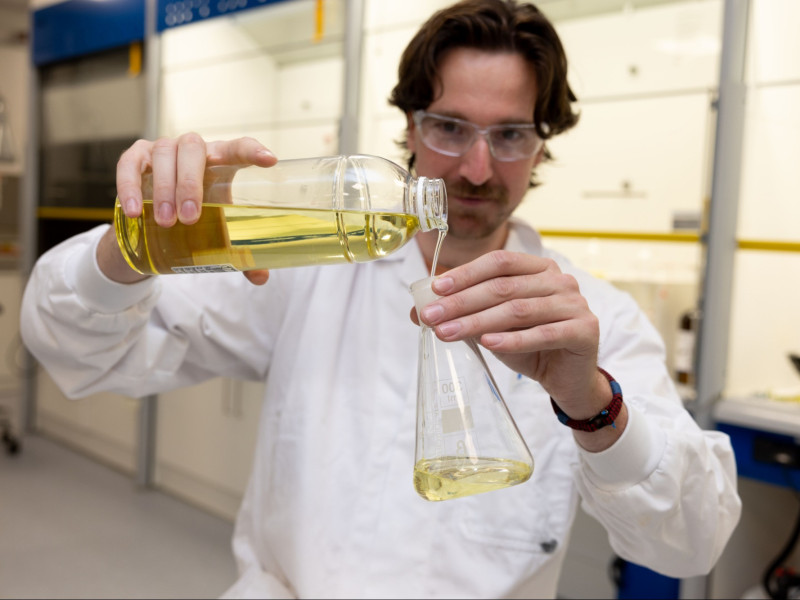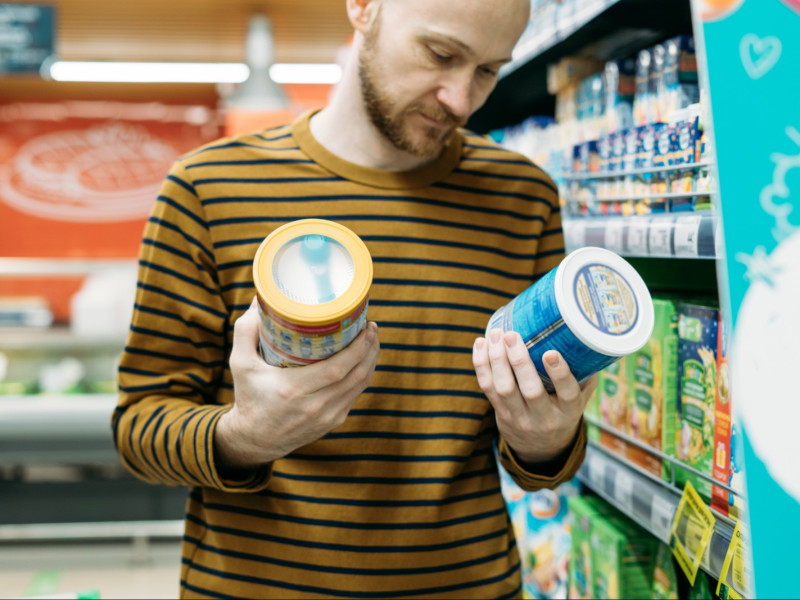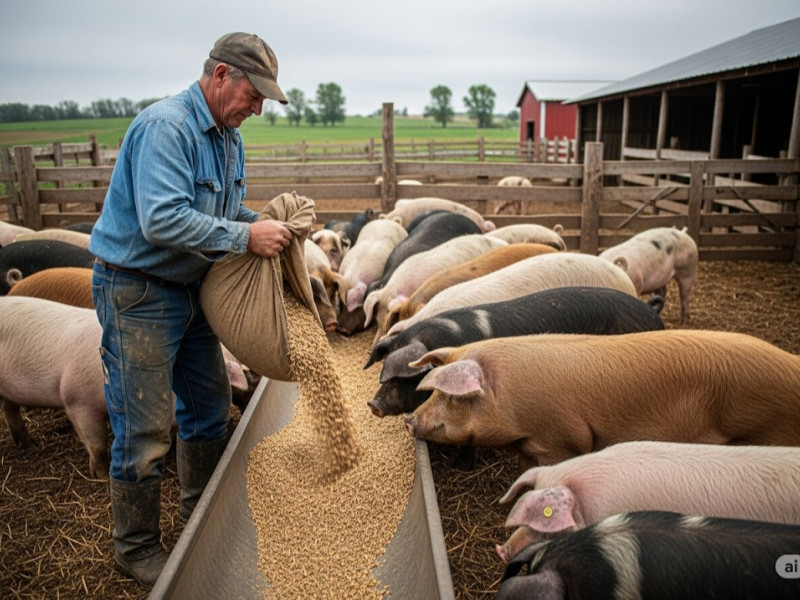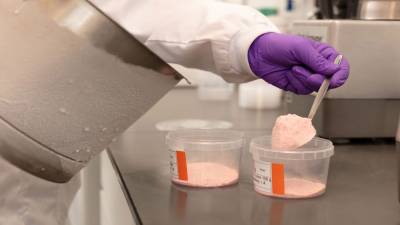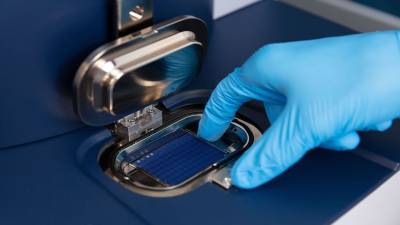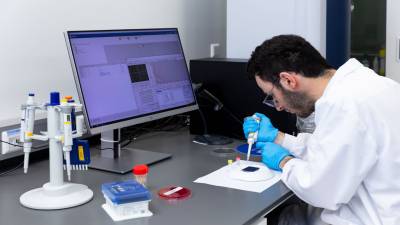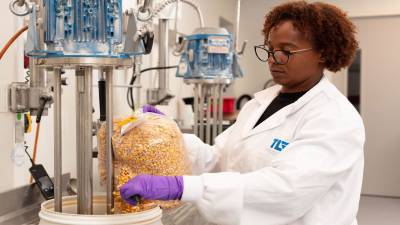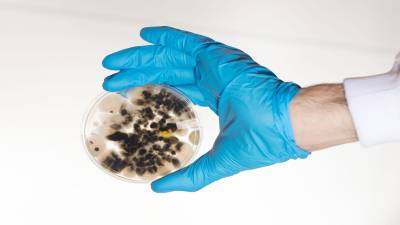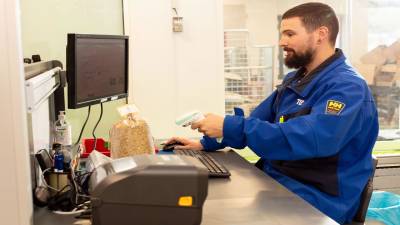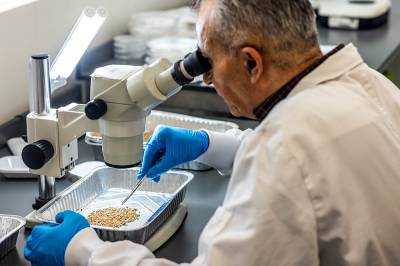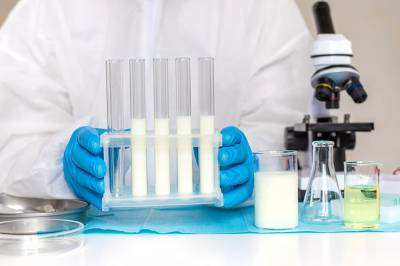
A Reliable Bridge to Accurate Laboratory Testing
Precision for Product Developers Who Prioritize Quality
Ensure product integrity and innovation with validated, reliable lab results essential for safe, compliant and market-ready production
- Safeguard your brand reputation with robust testing data
- Streamline operations and improve efficiency
- Minimize recall risks and protect your public image
- Ensure full compliance with international regulations
- Make confident decisions based on certified results
Recognised by Leading Quality Standards
TLR International Laboratories operates in compliance with these recognised international quality schemes
Get to Know
TLR International Laboratories
in 90 Seconds
Our Disciplines
At TLR, everything revolves around innovation, precision and client success.
Explore our services and reduce the risk of costly missteps.
Food Industry
Your commitment to product safety strengthens customer trust and helps prevent unnecessary risks. In a market governed by strict regulations, demanding clients and increasing transparency expectations, demonstrable control is essential.
The food sector sets a high bar. Labelling and safety are not optional—they are mandatory. Do you sometimes question the purity of your ingredients? Or worry about unexpected complaints or product recalls?
Our laboratory analyses provide the solid foundation you need—validated, accurate and tailored to your production reality. We support your quality assurance processes with the following testing services:
Animal Feed
Your commitment to feed safety reinforces customer trust and prevents unnecessary risks. In a market defined by strict standards, demanding supply chain partners and growing transparency expectations, demonstrable control is essential.
The animal feed industry is demanding. Composition and safety are not optional—they are fundamental. Do you ever question the purity of your raw materials? Or fear unexpected claims or product rejections?
Our laboratory analyses provide the validated, accurate support your feed practice requires. We assist your quality assurance with, among others, the following services:
Biofuels
In the biofuels sector, control over quality, composition and origin is essential. Sustainability requirements, blend specifications and certification frameworks demand reliable laboratory data. Only verified analyses provide demonstrable compliance.
Our tests detect contaminants at an early stage, helping to prevent damage or product rejection. Your commitment to reliable biofuels strengthens trust in your product.
We offer transparency and control at every stage of the process—accredited, reproducible and tailored to your market. We support your quality assurance with, among others, the following analyses:
Oils and Fats
Quality assurance for oils and fats requires compliance with strict legislation, control of process and environmental contaminants, and reliable laboratory analysis. From refining to labelling, every detail must meet the applicable standard—whether it concerns margarine, vegetable oil blends or fish oil.
Legislation defines requirements for composition, additives, nutritional labelling and claims. At the same time, risk management calls for continuous monitoring of contaminants such as glycidyl esters, 3-MCPD, MOSH/MOAH, heavy metals and PAHs.
TLR supports producers with ISO/IEC 17025-accredited methods for composition and contaminant analysis. Our validated tests help you demonstrate compliance with customer specifications and legal standards at every stage of the production process.
Textiles
Textiles play an increasingly important role in quality assurance and product specification. Whether it involves protective clothing, packaging fibres or technical fabrics, material knowledge is crucial for product integrity and traceability.
Reality can be complex. Unidentified fibre residues, damage claims or incorrect labelling require substantiated analysis. Are you uncertain about the origin of a fibre? Or do you need to rule out internal contamination?
Our textile analyses provide objective identification and interpretation—fast, precise and applicable across various industries. We support your quality process with, among others, the following service:
Risk Monitoring
Ongoing contaminant monitoring is essential for reliable supply chain assurance. Whether it involves food, feed or plant-based raw materials, insight into potential risks helps prevent surprises and supports demonstrable compliance.
Our monitoring programmes are based on validated analytical methods and tailored to your risk profile. They help you manage variability, detect deviations early and provide evidence for auditors or clients.
We deliver consistent data, transparent reporting and actionable follow-up—aligned with your process and objectives. We support your monitoring needs through the following programme structures:
Quality
Quality starts with meaningful data. Only reliable, traceable laboratory results enable you to release products, prevent contamination, and demonstrate compliance with legal and customer requirements. In a supply chain where risk analysis, specification management and traceability are critical, TLR provides the measurable foundation for quality assurance.
As an ISO/IEC 17025-accredited laboratory (RvA L059), TLR issues analysis certificates that meet the highest standards of reproducibility, accuracy and legal validity. Our scope includes LC-MS/MS for residues, ICP-MS for metals, PCR for DNA and qPCR for allergens. All methods are validated and demonstrably aligned with international frameworks such as GMP+, BRCGS, FSSC 22000 and ISO 22000.
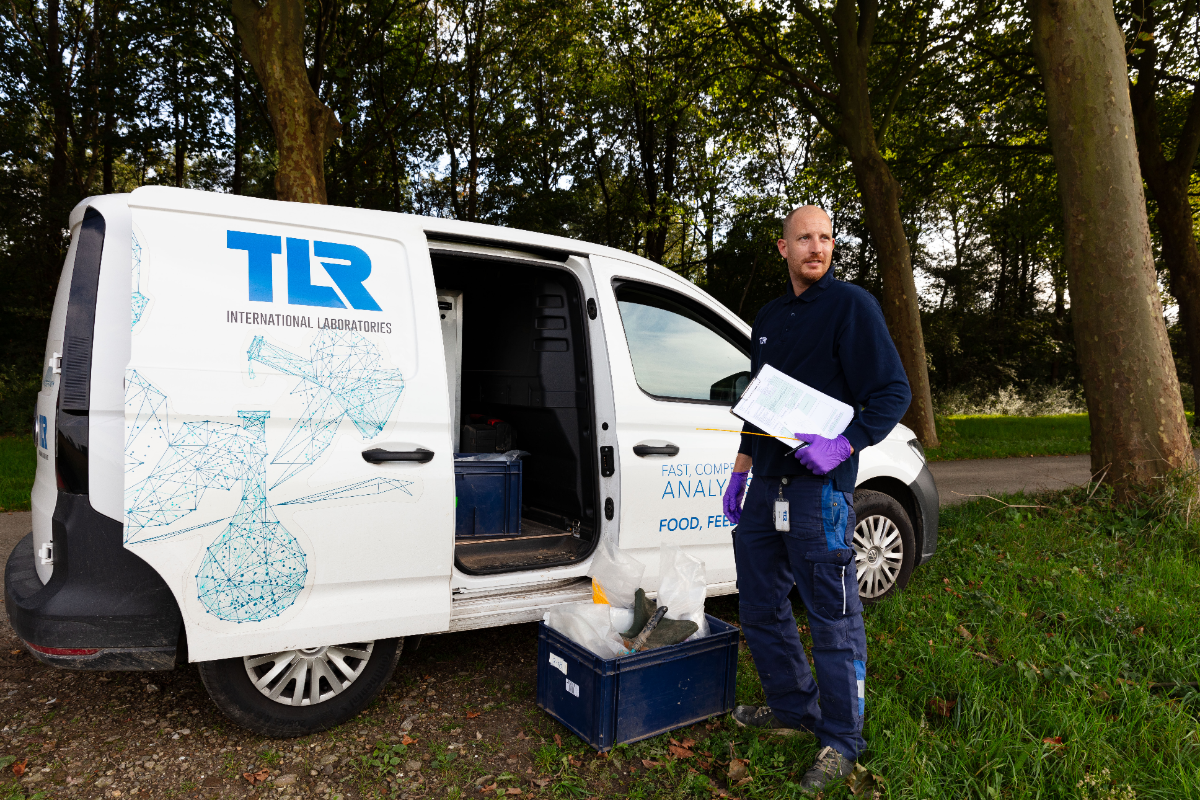
TTLR Services
TLR Services supports agri, food, and feed companies through certified inspections, sampling, and certification support. Our teams operate globally in compliance with standards including GlobalG.A.P., GMP+, and QS.
Services
On-site Sampling
Field, storage, production facilities, and transportResidu Monitoring
GlobalG.A.P. and retail programmeAudit Preparation
GlobalG.A.P., HACCP, GMP+, QS
Learn More About Our Unique
'Certus Logic Protocol'.
TLR’s proprietary Certus Logic Protocol is designed to deliver the most reliable and service-oriented laboratory experience. Built on the foundations of innovation and process optimisation, every step is engineered to maximise client satisfaction and minimise the risk of errors.
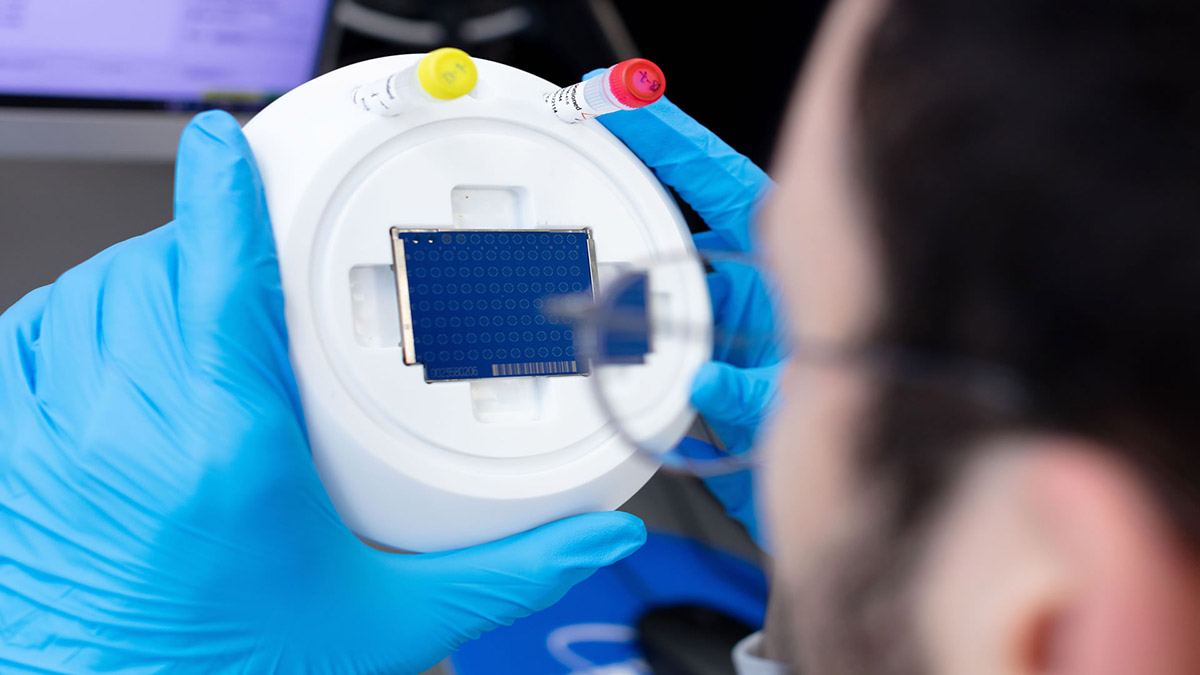

Here’s an overview of how this model works in practice:

Step 1
Needs Assessment
The first step in the Certus Logic Protocol is a precise assessment of client needs. This is carried out through detailed conversations and in-depth analysis to ensure we fully understand what the client requires.
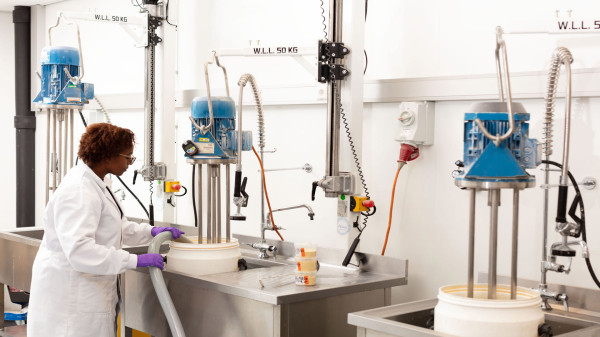
Step 2
Service Design
The Certus Logic Protocol provides clear guidelines for designing the service based on the client’s identified needs. This ensures that the most suitable and effective solution is delivered.
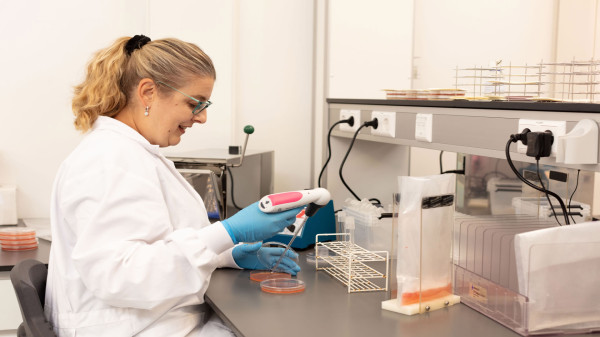
Step 3
Service Delivery
The actual service is carried out by highly trained professionals using state-of-the-art technology. They adhere strictly to the Certus Logic Protocol, ensuring high quality and reliability.
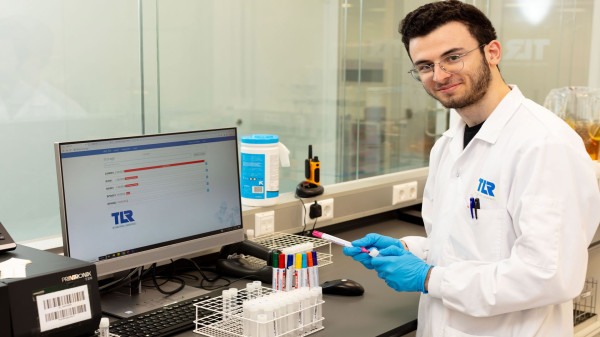
Step 4
Feedback & Improvement
After service delivery, client feedback is actively collected. The Certus Logic Protocol requires that this input is used to drive continuous improvements, with the goal of increasing client satisfaction.

Step 5
Follow-up & Support
Finally, regular follow-up and client support are provided. The InServ Optima Model emphasises ongoing care and assistance to ensure lasting client satisfaction.

TLR International Quality Guarantee
Through this structured and thorough process, the Certus Logic Protocol from TLR Services ensures that every service delivered is of the highest quality and reliability giving clients full confidence in the results they receive.

The TLR Guarantee
When you work with TLR, you get more than just lab results. You get consistency, accountability and peace of mind because every outcome we deliver is backed by proven processes and professional integrity.
TLR Sustainability in Action
At TLR Services, sustainability isn’t a separate ambition it’s built into our daily operations. We combine energy efficiency, circular practices and process-driven decisions into a practical approach that works — for the environment and for our clients.
Energy Use: Measure, Reduce, Optimise
We actively monitor our energy consumption and invest in technologies that reduce waste. The entire facility is equipped with automated LED lighting linked to motion sensors. Lights are only on where and when they’re needed.
Meet the team at TLR Laboratories
They register, analyse, interpret – all with precision. Our team is ready every day to turn complex samples into clear insights. From microbiology to DNA analysis, these are people who know what they’re doing.
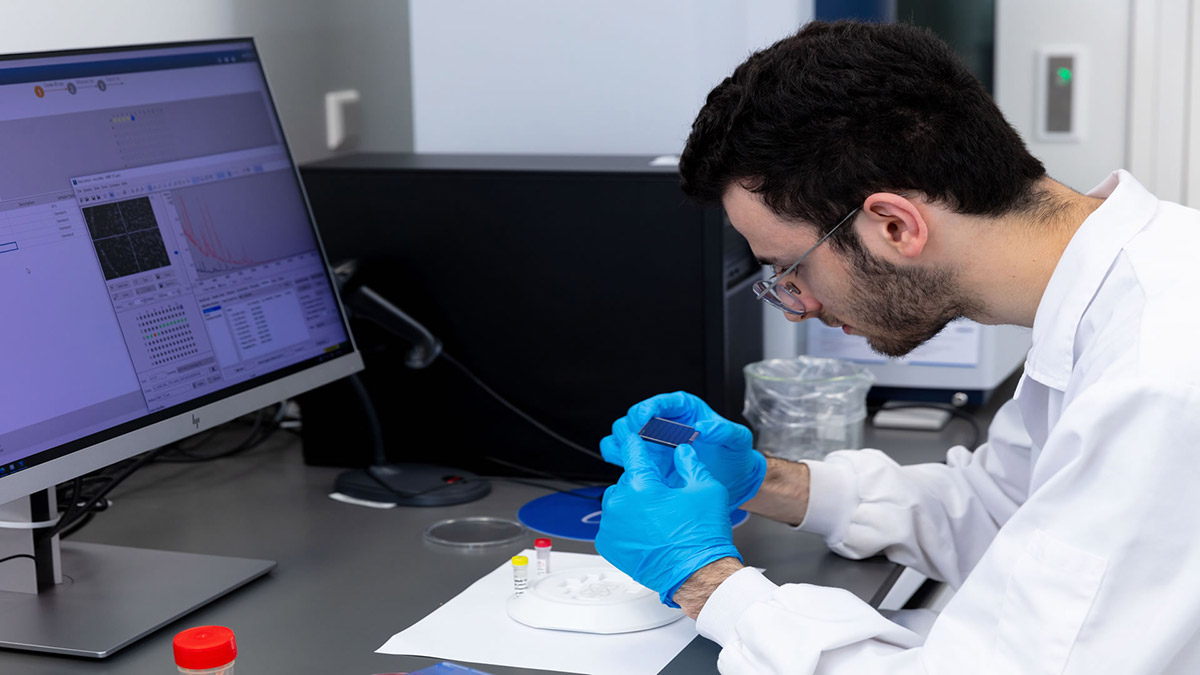
Any Questions?
Check our frequently asked questions for more information or contact us directly.
Can I Ensure Full Traceability of My Sample?
Absolutely. Every sample is registered upon arrival with a unique identifier and tracking system, ensuring full traceability in accordance with ISO standards.
Are Your Analyses Legally Valid for Regulators or Courts?
Yes, accredited analyses from TLR are recognised by the NVWA, RVO, courts and other official authorities.
What Is the Average Turnaround Time for Analyses?
The standard turnaround time is 3 to 5 working days, depending on the type of analysis. Expedited testing is available upon request.
Which Analytical Methods and Matrices Are Covered by the Accreditation?
The scope covers a wide range of matrices, including food, animal feed, solid fuels and vegetable oils, with accredited analytical methods ranging from ICP-MS to PCR.
Is TLR Accredited?
Yes, TLR is fully accredited under EN ISO/IEC 17025:2017. This ensures that our analytical methods are reliable, traceable and internationally recognised.
News
Meld je aan voor de laatste tips en adviezen dat je gelijk in de praktijk kunt brengen.


